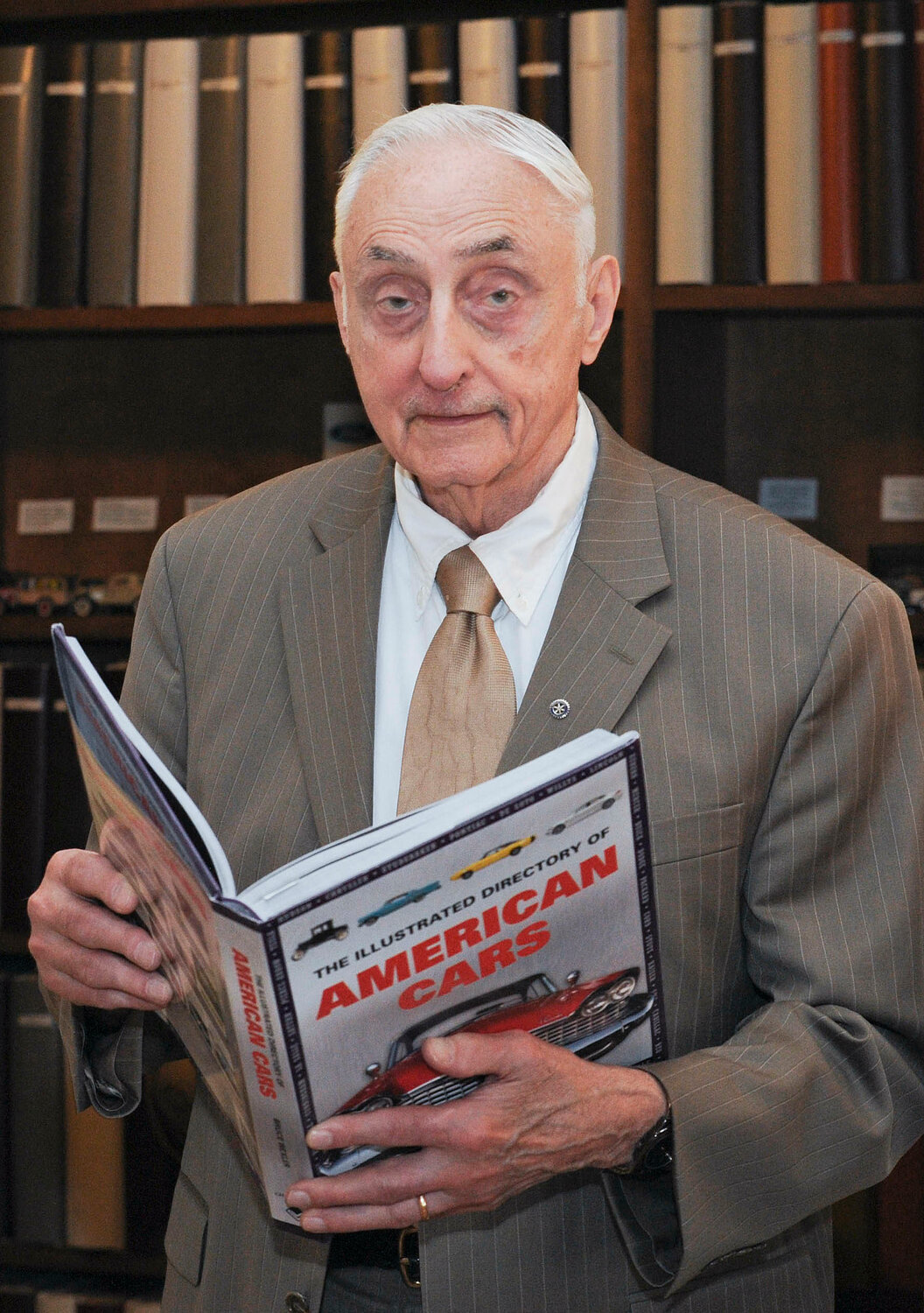Gilbert: Journey to zero emissions has several steps
Though retired, Dr. Art Gilbert offers services to the writing of articles and books on U.S. automobiles for the Wilmington University Library. He is a member of the Society of Automotive Historians.
I am often asked where, in my opinion, lies the future of transportation.
On our path toward saving our environment, climate control and zero emissions, we have refined our internal combustion engines. Great! A wonderful first step. I then see the next step as being more of a push toward hybrids, since this is, in a sense, a bridge between combustion engines and electrics. You have the best of both worlds in hybrids.
The next logical step then is that of electrification with battery electric vehicles, but I see this as being more of an intermediate step, as opposed to a final solution.
Why? The answer includes several reasons, such as the high cost of the batteries, lengthy charging time, insufficient infrastructure and the fact that the battery components — rare earth elements for the most part — are limited and often outside of our control, like with the Republic of Congo and China, for instance. And, as several writers have pointed out, the batteries are toxic, dangerous, have had bad experiences with fires and are potentially hazardous to one’s health. I have listed several additional reasons in my upcoming book.
The electrification stage will enable us to buy time as we continue our research and development in hydrogen fuel cells, which then become the final power source for our vehicles. I envision a fuel cell-powered vehicle stopping at a service station, where the attendant simply replaces the spent cell with a fresh one — all of this in a matter of minutes, very much like what we currently do with our cooking grill’s propane tank — and we then continue on our merry way toward our destination. It’s fast and efficient, and the byproduct — water — is quite beneficial and valuable.
Pollyanna thinking? I don’t think so.







